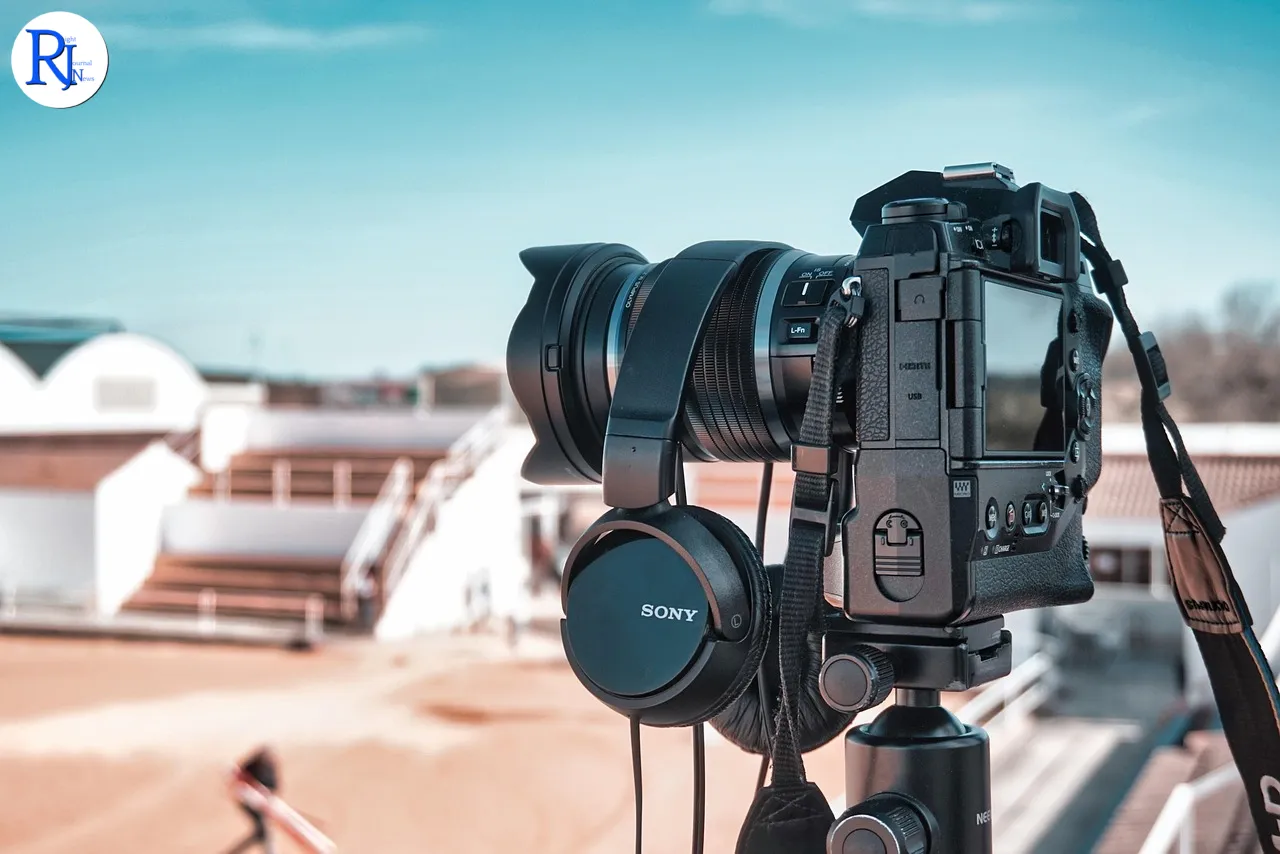In the dynamic landscape of digital marketing, in-stream video ads have emerged as a powerful tool for brands seeking to engage audiences effectively. As video content continues to eclipse traditional text-based formats, marketers are increasingly integrating these ads into their strategies. This shift is underscored by the surge in popularity of short-form video content, which topped the charts as the most effective format in 2024. With platforms like YouTube, Instagram, and TikTok leading the charge, the question arises: Are in-stream video ads worth the investment?
A Growing Trend in Digital Marketing
The surge in video consumption has been nothing short of transformative. According to recent data, short-form videos have dominated the digital space, driving marketers to rethink their content strategies. In 2024, platforms such as YouTube and Instagram reported significant increases in video engagement, prompting brands to leverage in-stream ads to capture consumer attention.
In-stream video ads, which appear before, during, or after video content, offer a unique opportunity for brands to deliver targeted messages. These ads are designed to seamlessly integrate into the viewing experience, making them less intrusive and more engaging. As a result, they have become a staple in the toolkit of digital marketers aiming to maximise reach and impact.

The Power of Engagement
One of the most compelling reasons for adopting in-stream video ads is their unparalleled ability to engage viewers. Unlike traditional banners or pop-ups, these ads are embedded within the content, ensuring higher visibility and interaction. According to industry experts, the average engagement rate for in-stream video ads significantly surpasses that of static ads, making them a preferred choice for brands.
Moreover, the interactive nature of video content allows marketers to convey complex messages effectively. By using storytelling techniques, brands can create emotive and memorable experiences that resonate with viewers. This emotional connection not only boosts brand recall but also drives conversion rates, underscoring the effectiveness of video ads in the marketing funnel.
Best Practices for Maximising Impact
To harness the full potential of in-stream video ads, marketers must adhere to certain best practices. Firstly, creating compelling and concise content is essential. Viewers have short attention spans, and capturing their interest within the first few seconds is crucial. Brands should focus on delivering a clear and impactful message that aligns with their overall marketing objectives.
Secondly, targeting the right audience is paramount. Utilising data-driven insights, marketers can tailor their ads to reach specific demographics, ensuring that their messages resonate with the intended audience. Platforms like Facebook and Google offer sophisticated targeting tools that allow brands to refine their strategies and optimise ad performance.
Challenges and Considerations
Despite their advantages, in-stream video ads are not without challenges. One of the primary concerns is the potential for viewer fatigue. With the proliferation of video content, audiences may become desensitised to ads, leading to diminished engagement. To counteract this, marketers must prioritise creativity and relevance in their ad campaigns.
Additionally, measuring the success of in-stream video ads can be complex. While metrics such as views and clicks provide some insight, they may not fully capture the impact of the ad. Brands should consider a holistic approach to measurement, incorporating qualitative feedback and brand sentiment analysis to gauge effectiveness.
Looking Ahead: The Future of Video Advertising
As the digital landscape continues to evolve, the role of in-stream video ads is set to expand. With advancements in technology, such as augmented reality and interactive features, the potential for innovation in video advertising is vast. Brands that embrace these developments and adapt their strategies accordingly are likely to thrive in the competitive digital marketplace.
In conclusion, in-stream video ads represent a significant opportunity for marketers to engage audiences and drive brand success. By understanding the nuances of this format and implementing best practices, brands can maximise their investment and achieve impactful results. As video content continues to reign supreme, the importance of strategic video advertising cannot be overstated.

